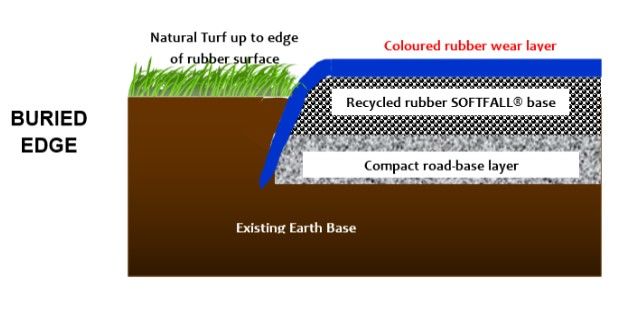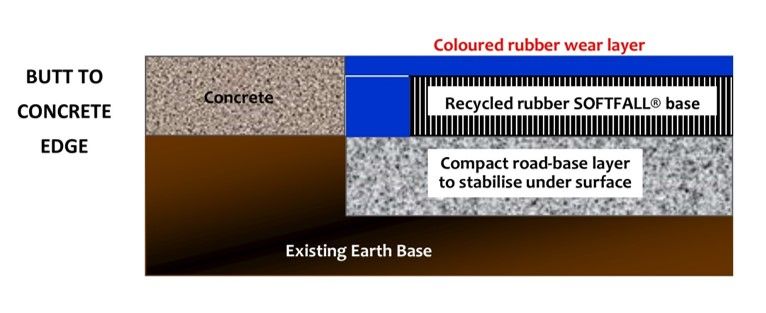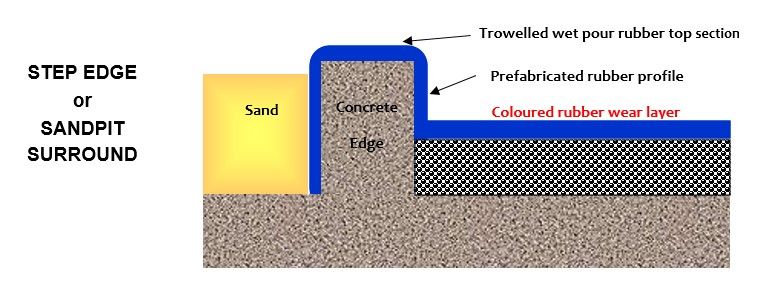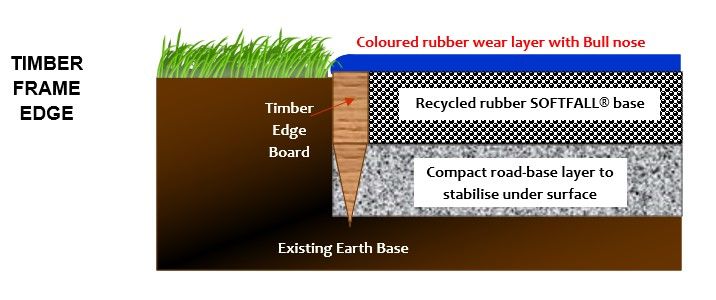FAQs
Synthetic Grass | What is it? Why is the synthetic grass filled with sand? Does it burn or is it scratchy? How long does it last? Does it have to be green? Does the ground have to be flat? Will it burn? Is it waterproof? Does it fade? What happens when it rains? Will our trees die? Does it need any maintenance? Can it go over hills? |
Softfall® | What is it? Softfall® can be a variety of products: wet pour rubber, synthetic grass, sand, bark chip and other strange substances such as grape seeds. The Softfall® we specialise in are the wet pour rubber and synthetic grass types. Our Softfall® comes in the form of EVA closed cell impact absorbing pads, approximately 2 metres by 1 metre in size and from 10mm to 40mm thickness, or as a wet pour rubber seamless surfacing system consisting of a unique single component polyurethane resin binder, combined with black SBR rubber shred. Softfall® pads are used under synthetic grass, but the wetpour rubber alternative can be used under both synthetic grass and rubber but mainly for rubber surfacing. Has it been tested? How does Softfall® work? How long will it last? Does it drain? What preparation of the surface is required? |
Wet Pour Rubber | How is wet pour rubber applied? The rubber is mixed with a moisture cured, single part polyurethane binder in the minimum ration of 1kg binder to 5kg rubber. It is imperative that this rate is applied otherwise the finished surface will basically fall apart. The rubber and binder is mixed in a mortar screed mixer and barrowed to the installation point. The rubber is roughly spread out using timbers as a guide to depth and then finished to a smooth surface using a steel trowel. Why did my rubber go yellow upon installation? How will you finish the wet pour rubber edge? What about the joins in the rubber?
|



